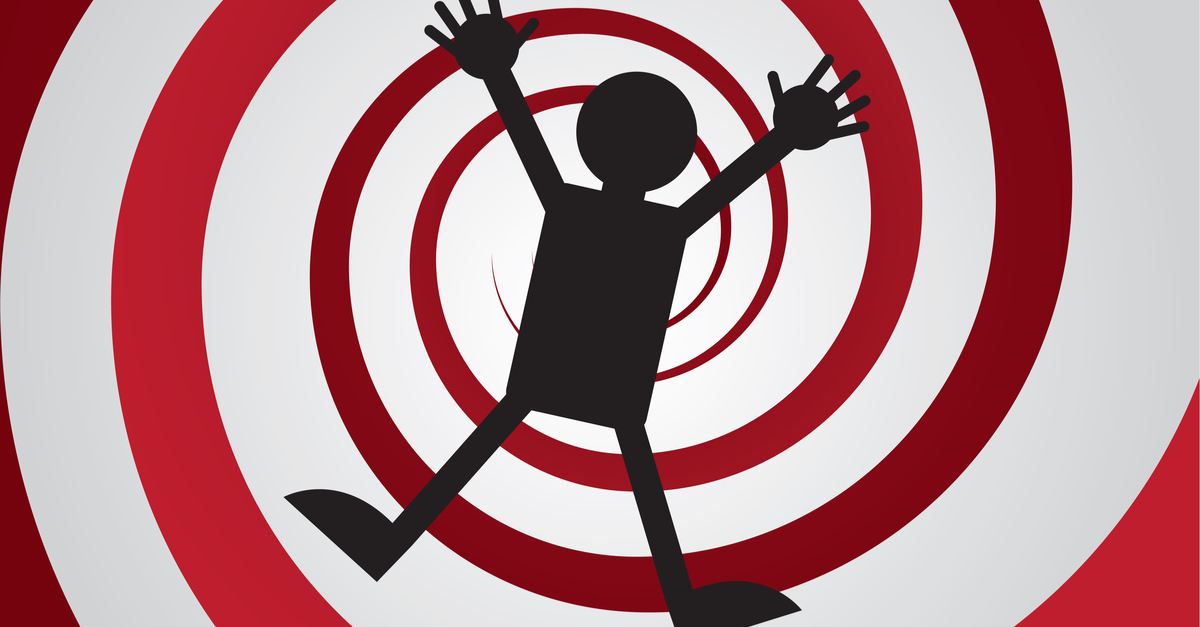 Dr. Robert Weiss LCSW, CSAT
Dr. Robert Weiss LCSW, CSAT
The term “gateway drug” has been around for several decades. Generally, we have thought about gateway drugs as cigarettes, alcohol, and marijuana. The basic idea is that using these substances, especially early in life, increases the likelihood of becoming addicted to these or other drugs later on. Only recently has the term gateway drug been applied to pornography.
When we look at substance abuse research, we find clear evidence that introductory (gateway) drugs like cigarettes, alcohol, and marijuana do indeed increase the probability for both more and stronger drug use down the line. For example, rats injected with tetrahydrocannabinol (THC, the principal psychoactive constituent of cannabis) increased the self-administration of heroin, morphine, and even nicotine.[i] Similar research shows that mice injected with nicotine increased the self-administration of cannabis, cocaine, and other drugs.[ii] Even caffeine has been linked to more and stronger drug use – and that’s in epidemiological studies involving humans, not rats and mice.[iii]
Another clear risk factor for more and stronger drug use is age of first use. The lower the age of first use, the higher the likelihood of addiction.[iv] So, based on a large body of scientific research, it’s abundantly clear that gateway drugs, especially when they are first used in childhood or adolescence, are a very real thing.[v]
But does that mean that porn is also a gateway drug? We could certainly use more study on this topic, but the small amount of research we’ve got, plus extensive anecdotal evidence from therapists like myself who treat both substance and behavioral addictions, suggests the answer is yes. For instance, one relatively large survey of self-identified adult sex addicts found that 41% were using pornography before the age of 12.[vi] And we need to keep in mind the fact that when today’s adult sex addicts were 12 or younger, pornography was not nearly as accessible as it is today. As recently as ten or fifteen years ago, kids had to work pretty hard to view significant amounts of pornography. Today? No effort needed. In fact, recent research suggests that in today’s world the average age of first exposure to pornography is 11.[vii]
So yes, based on that information it would appear that porn is a potential gateway into problems with relationship intimacy, compulsive/addictive sexual behaviors, and possibly even substance abuse.
Please understand that I am not in any way saying that every person who is exposed to porn at a young age will develop later-life problems with sex and intimacy or anything else. That said, it does appear that using porn early in life presents risks that are similar to risks associated with the early-life use of cigarettes, alcohol, and marijuana.
From a clinical perspective, this is all unsurprising. In my three decades creating programs and treatment for men and women who struggle with compulsive sexual behaviors, one thing has become increasingly apparent: Whatever behavior it is that drives these troubled individuals into treatment, the starting point for the behavior is usually pornography.
No, looking at porn does not mean you are automatically going to become a porn addict or a sex addict or any other type of addict. This is similar to what we see with substances, where experimentation with cigarettes, alcohol, and marijuana does not automatically doom you to a life of addiction. That said, viewing porn, especially at an early age, does increase the risk for later-life problems, the same as early-life experimentation with substances increases the risk for later-life issues. And that, my friends, is the essence of a gateway drug.
* * * * * * * * * *
If you or someone you care about is struggling with sex, porn, or substance/sex addiction, help is available. Seeking Integrity offers residential treatment for sex, porn, and substance/sex addicts, as well as low-cost online workgroups, including a workgroup specifically for male porn addicts.
References
[i] Ellgren, M., Spano, S. M., & Hurd, Y. L. (2007). Adolescent cannabis exposure alters opiate intake and opioid limbic neuronal populations in adult rats. Neuropsychopharmacology, 32(3), 607-615. Tomasiewicz, H. C., Jacobs, M. M., Wilkinson, M. B., Wilson, S. P., Nestler, E. J., & Hurd, Y. L. (2012). Proenkephalin mediates the enduring effects of adolescent cannabis exposure associated with adult opiate vulnerability. Biological psychiatry, 72(10), 803-810. Cadoni, C., Pisanu, A., Solinas, M., Acquas, E., & Chiara, G. (2001). Behavioural sensitization after repeated exposure to Δ 9-tetrahydrocannabinol and cross-sensitization with morphine. Psychopharmacology, 158(3), 259-266. Panlilio, L. V., Zanettini, C., Barnes, C., Solinas, M., & Goldberg, S. R. (2013). Prior exposure to THC increases the addictive effects of nicotine in rats. Neuropsychopharmacology, 38(7), 1198.
[ii] Kandel, E. R., & Kandel, D. B. (2014). A molecular basis for nicotine as a gateway drug. New England Journal of Medicine, 371(10), 932-943. Keyes, K. M., Hamilton, A., & Kandel, D. B. (2016). Birth cohorts analysis of adolescent cigarette smoking and subsequent marijuana and cocaine use. American journal of public health, 106(6), 1143-1149. Ren, M., & Lotfipour, S. (2019). Nicotine Gateway Effects on Adolescent Substance Use. Western Journal of Emergency Medicine, 20(5), 696.
[iii] Curran, C. P., & Marczinski, C. A. (2017). Taurine, caffeine, and energy drinks: Reviewing the risks to the adolescent brain. Birth defects research, 109(20), 1640-1648. Arria, A. M., Caldeira, K. M., Kasperski, S. J., O’Grady, K. E., Vincent, K. B., Griffiths, R. R., & Wish, E. D. (2010). Increased alcohol consumption, nonmedical prescription drug use, and illicit drug use are associated with energy drink consumption among college students. Journal of addiction medicine, 4(2), 74.
[iv] DeWit, D. J., Adlaf, E. M., Offord, D. R., & Ogborne, A. C. (2000). Age at first alcohol use: a risk factor for the development of alcohol disorders. American Journal of Psychiatry, 157(5), 745-750.
Grant, B. F., Stinson, F. S., & Harford, T. C. (2001). Age at onset of alcohol use and DSM-IV alcohol abuse and dependence: a 12-year follow-up. Journal of substance abuse, 13(4), 493-504, among other studies.
[v] Odgers, C. L., Caspi, A., Nagin, D. S., Piquero, A. R., Slutske, W. S., Milne, B. J., … & Moffitt, T. E. (2008). Is it important to prevent early exposure to drugs and alcohol among adolescents? Psychological Science, 19(10), 1037-1044.
[vi] Hall, P. (2013). Understanding and treating sex addiction: A comprehensive guide for people who struggle with sex addiction and those who want to help them, p 40. London: Routledge.
[vii] Wolak, J., Mitchell, K., & Finkelhor, D. (2007). Unwanted and wanted exposure to online pornography in a national sample of youth Internet users. Pediatrics, 119(2), 247-257.
